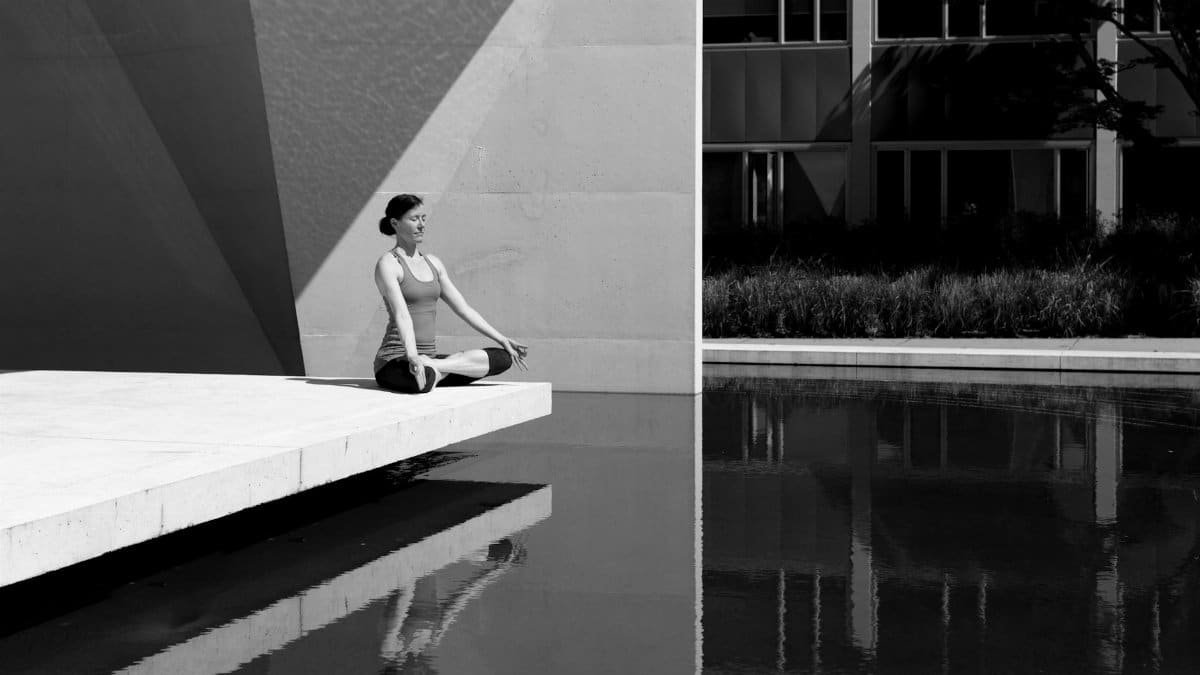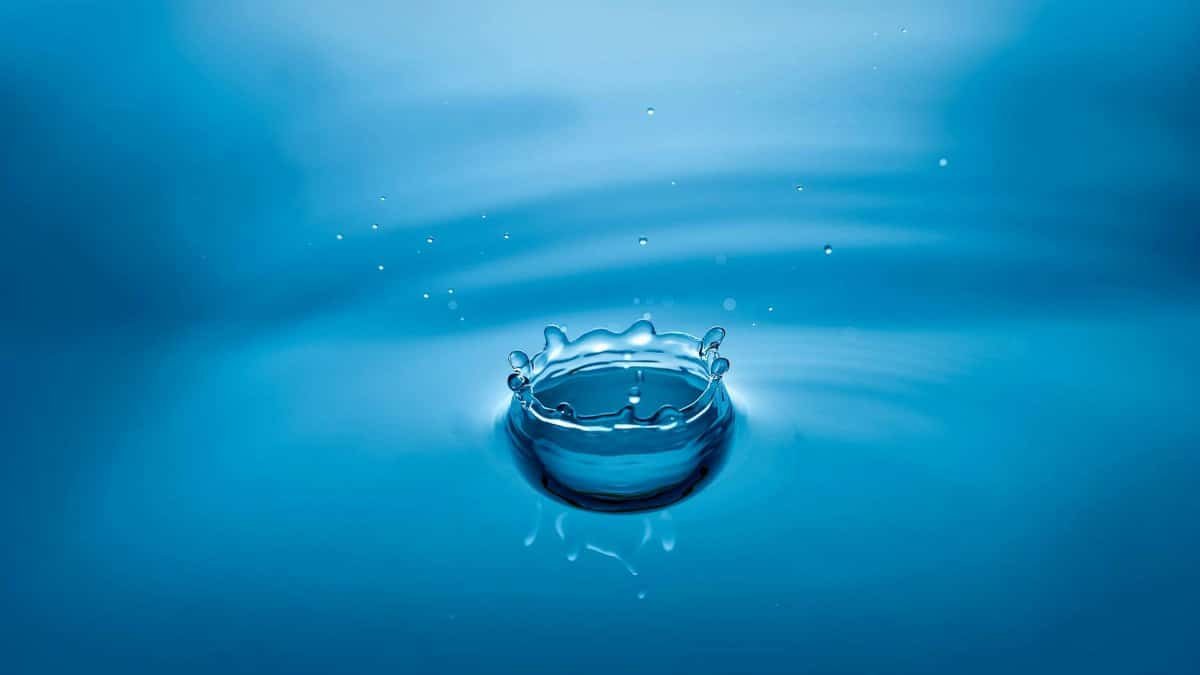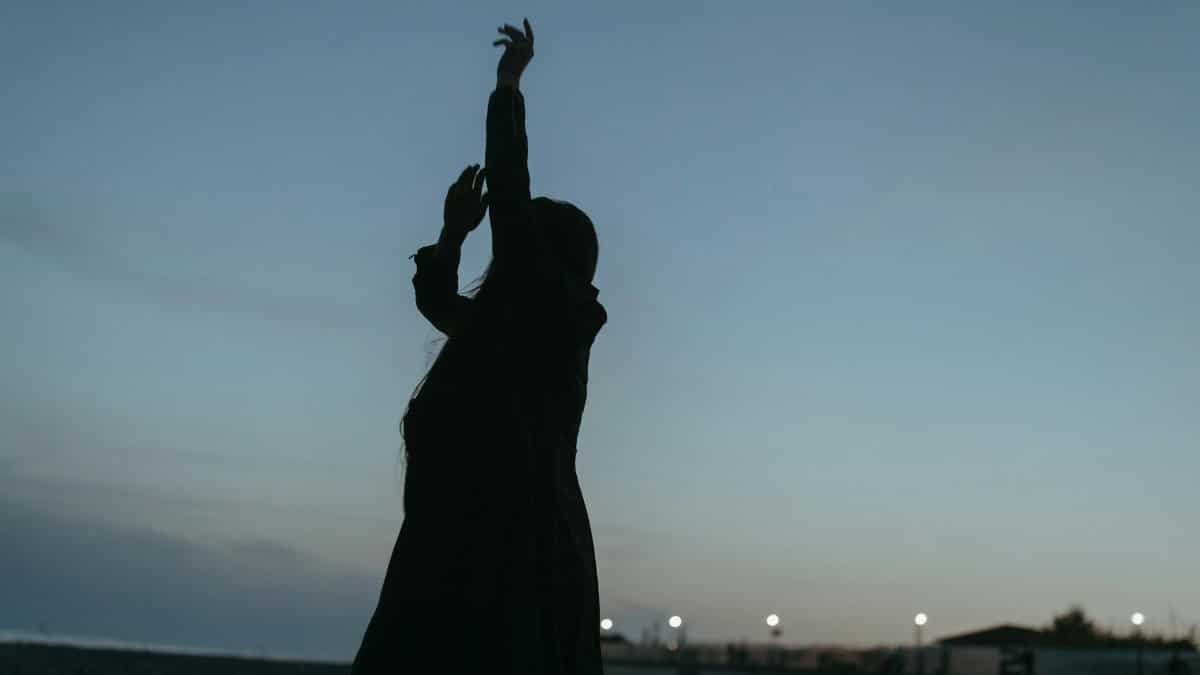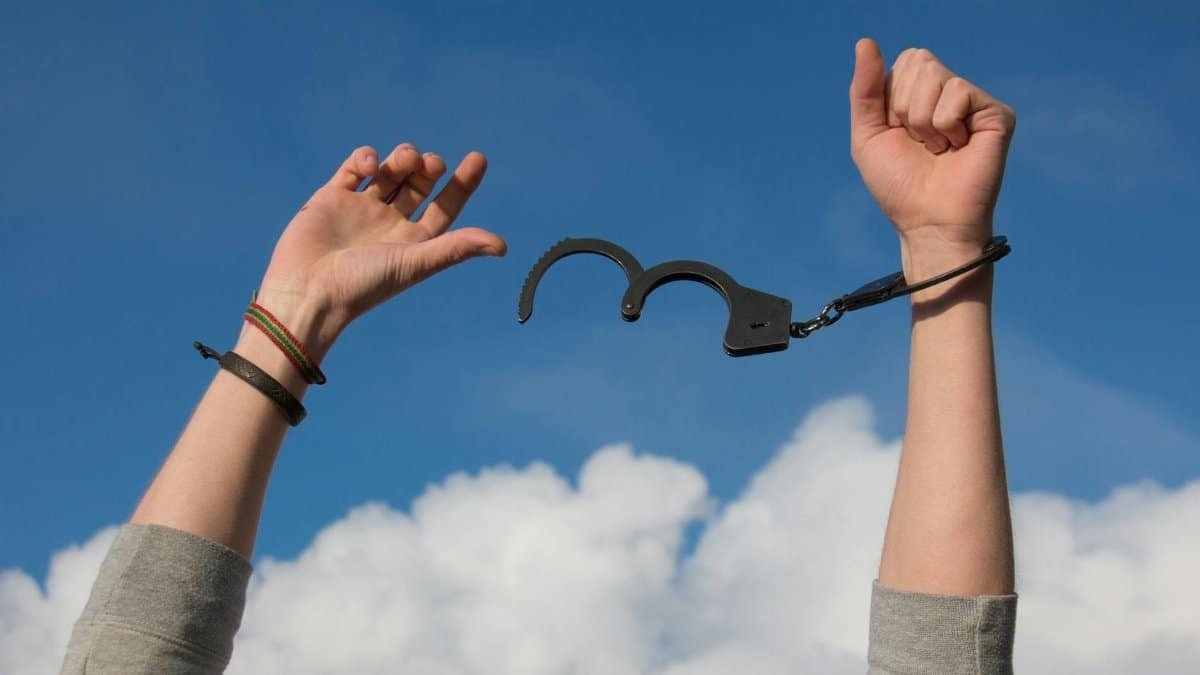In the ancient texts of Ayurveda, dating back over 5,000 years, Panchakarma emerged as a profound system of healing, designed to purge toxins and restore balance in a world far removed from our own. Fast-forward to today, and this time-honored practice is finding fresh relevance amid the stresses of modern American life. From bustling cities like New York to quieter suburbs in California, people are turning to it not just for physical detox, but for something deeper—a way to realign mind, body, and spirit. What started as rituals in Indian villages has evolved into wellness retreats and urban spas, promising clarity in an era of constant noise. Yet, as more embrace it, questions linger about its true potential to unlock hidden dimensions of personal growth.
The Roots of Panchakarma in Ancient Wisdom

Ayurveda, the traditional medicine system from India, views health as a delicate harmony between doshas—vata, pitta, and kapha. Panchakarma, which translates to “five actions,” serves as its cornerstone for detoxification. These actions include therapies like oil massages, herbal steam baths, and controlled purgation, all aimed at eliminating accumulated toxins, or ama, that disrupt this balance.
Imagine a patient in a serene clinic, lying on a wooden table as warm sesame oil is poured rhythmically over their forehead. This shirodhara technique, one of Panchakarma’s highlights, isn’t just relaxing; it’s meant to calm the nervous system. Historians note that such practices were documented in texts like the Charaka Samhita around 300 BCE, where they addressed everything from digestive issues to mental fog. In the U.S. today, with stress-related disorders on the rise, these methods are being adapted to fit contemporary needs.
A study from the National Institutes of Health highlights how Ayurvedic practices, including Panchakarma, can support overall wellness. NCCIH Overview on Ayurvedic Medicine points to preliminary evidence suggesting benefits for chronic conditions. Yet, it’s the holistic approach that draws people in, blending physical cleansing with emotional release.
Detoxifying the Body and Mind

At its core, Panchakarma targets the buildup of toxins from poor diet, pollution, and stress. The process often begins with preparatory steps like oleation, where oils are ingested or applied to loosen impurities. Then comes the main purge, which might involve enemas or nasal administrations to clear channels.
One woman, reflecting on her experience in a Colorado retreat, described it as “peeling away layers I didn’t know were there.” She had arrived exhausted from a high-pressure job, her relationships strained by constant fatigue. After a week of treatments, she felt lighter, her thoughts clearer. Such stories aren’t uncommon; they illustrate how physical detox can spill over into mental clarity.
Research backs this up. A 2019 study published in the Journal of Ayurveda and Integrative Medicine found that Panchakarma participants reported reduced anxiety and improved sleep. Journal of Ayurveda and Integrative Medicine Study details how these therapies modulate stress hormones. In 2025, as mental health conversations dominate, this ancient practice offers a tangible way to reset.
But it’s not all smooth. Some face initial discomfort, like headaches during the purge phase, reminding us that true healing often involves a bit of upheaval before equilibrium.
Enhancing Emotional Resilience

What if cleansing the body could mend the heart? Panchakarma’s emphasis on balance extends to emotions, helping individuals process unresolved feelings. Therapists often incorporate counseling alongside treatments, encouraging reflection during sessions.
Consider a couple in therapy who integrated Panchakarma into their routine. Struggling with communication breakdowns, they found that the detox helped release pent-up resentment. “It was like clearing static from a radio,” one partner said, their connection revitalized. This aligns with Ayurveda’s view that emotional toxins manifest physically, affecting relationships.
Experts from the Chopra Center, a leading U.S. hub for Ayurveda, note similar outcomes. Their programs, detailed on Chopra Center on Panchakarma, show how these practices foster empathy and patience. In a year like 2025, with rising divorce rates tied to stress, such tools could prove invaluable.
Still, it’s worth noting the variability; not everyone experiences profound shifts immediately. Patience becomes part of the journey, mirroring life’s own rhythms.
Boosting Mental Clarity and Focus

In our distraction-filled world, mental fog is a common complaint. Panchakarma addresses this by purifying the senses and mind. Techniques like nasya, involving herbal oils in the nostrils, aim to clear head channels, enhancing cognition.
A tech worker in Silicon Valley shared anonymously online how a Panchakarma retreat sharpened his decision-making. Overwhelmed by endless emails and deadlines, he emerged with a renewed sense of purpose, attributing it to the mental detox. “Ideas flowed without the usual clutter,” he recalled.
Supporting data comes from a review in Evidence-Based Complementary and Alternative Medicine, which links Ayurvedic detox to cognitive improvements. Evidence-Based Complementary and Alternative Medicine Review discusses potential neuroprotective effects. As remote work blurs boundaries in 2025, these benefits could help many reclaim their edge.
The key lies in consistency. While a single session offers relief, ongoing practices amplify the gains, turning clarity into a sustained state.
Integrating Panchakarma into Modern Lifestyles

Adapting an ancient ritual to busy schedules isn’t straightforward, but it’s doable. Start small: incorporate abhyanga, self-oil massage, into your morning routine. Or seek out certified practitioners for periodic treatments.
Urban centers like Los Angeles now boast Ayurvedic spas offering abbreviated Panchakarma packages, fitting into weekends. One executive described juggling board meetings with herbal steams, finding it grounded her amid chaos. This fusion reflects a broader trend where traditional wellness meets American pragmatism.
Guidelines from the Ayurvedic Institute provide practical tips. Their resources on Ayurvedic Institute on Panchakarma emphasize personalization, ensuring it’s accessible without overwhelming commitment. In 2025, with wellness apps tracking doshas, integration feels more seamless than ever.
Challenges arise, though, like finding authentic providers. Research and consultations help navigate this, turning potential pitfalls into informed choices.
Addressing Common Misconceptions

Many dismiss Panchakarma as mere spa indulgence, overlooking its therapeutic depth. It’s not a quick fix but a comprehensive reset, requiring preparation and aftercare.
Another myth: it’s only for the ill. Healthy individuals use it preventively, maintaining vitality. A retiree in Florida, seeking to stay active, found it enhanced her energy without addressing a specific ailment.
Critics question its scientific backing, yet emerging studies counter this. The National Center for Complementary and Integrative Health notes promising areas for further research. NCCIH on Ayurvedic Medicine Science underscores the need for more trials, but anecdotal evidence abounds.
Ultimately, approaching it with an open yet discerning mind reveals its layered value, beyond superficial perceptions.
The Ripple Effects on Relationships

Panchakarma’s true power often shows in interpersonal dynamics. By fostering self-awareness, it encourages healthier interactions. Cleared of internal noise, people listen better, respond with kindness.
Think of a family navigating grief. After collective sessions, they reported deeper bonds, the detox unveiling empathy hidden under stress. “We saw each other anew,” one member said.
In the context of healing relationships, as per the category, this aligns perfectly. A report from the American Psychological Association ties wellness practices to relational satisfaction. While not directly on Panchakarma, it supports holistic approaches. For specifics, wellness experts highlight its role in energy shifts, promoting harmony.
As 2025 brings more focus on mental health in partnerships, Panchakarma could be a quiet catalyst for change, one cleansed layer at a time.
Potential Drawbacks and Considerations

No practice is without risks. Panchakarma can be intense, potentially causing fatigue or emotional surges during detox. It’s crucial to consult professionals, especially for those with medical conditions.
Cost is another factor; full programs run hundreds to thousands of dollars. Yet, scaled-down versions make it more inclusive.
Balancing enthusiasm with caution ensures safe exploration. As interest grows, so does the need for qualified guidance.
Stories of Transformation

Real change often comes in quiet moments. A teacher, burned out from years in the classroom, underwent Panchakarma and rediscovered her passion. “It unlocked a version of me I’d forgotten,” she shared.
These narratives, woven into the fabric of everyday lives, show Panchakarma’s reach. From energy shifts to life changes, the potential unfolds uniquely for each person.
In reflecting on these paths, one sees how an ancient practice continues to evolve, offering new dimensions in a modern world.
